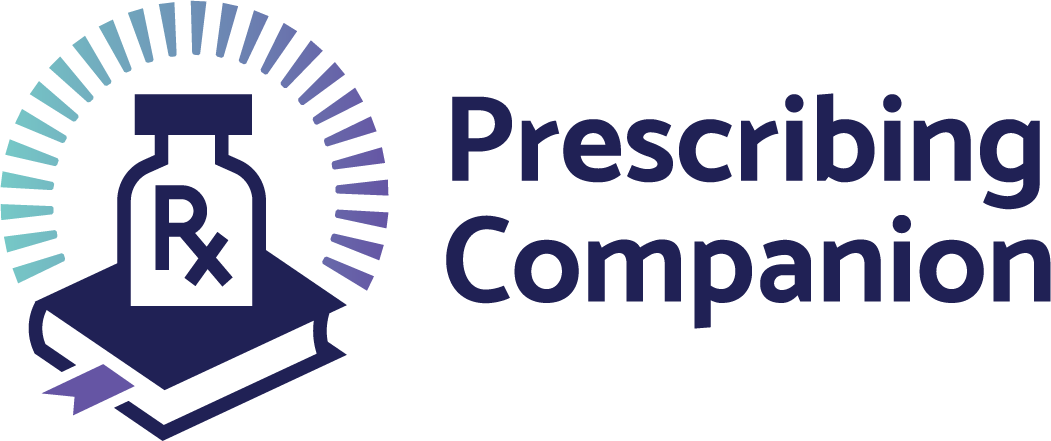Hematological Malignancies
exp date isn't null, but text field is
Clinical Description
- Currently lymphoma is the commonest hematological malignancy in Malawi. Aggressive Non-Hodgkin’s Lymphomas such as HIV associated diffuse large cell lymphoma (DLCL) and Burkitt-like Leukemia/lymphoma (BL/L) and Hodgkin Lymphoma. Other hematological malignancies include Leukemias and Multiple Myeloma.
- Patients with hematological malignancies may present with cytopenias (reduced blood cell counts) or cytoses (increased blood cell counts), lymphadenopathy, splenomegaly and/or hepatomegaly. These may result in constitutional symptoms, infections, severe anemia and/or bleeding.
- Many other common conditions such as infections (e.g. TB) and solid malignancies will present with these features.
- Commonly patients with haematological malignancies are put on antibiotics for bacterial infections or on TB treatment which fail to resolve their clinical problems and, unless corrected in time, may delay appropriate treatment beyond "curative" stages.
All abnormal FBC results need peripheral blood film (PBF) examination
Bone Marrow Investigations
- Although we are only able to do morphological examination of bone marrow aspirates and biopsies in Malawi, bone marrow examination contributes significantly to the diagnosis of hematological conditions in our environment.
-
Lymphoma, although not a primary problem of the bone marrow, may involve both the bone and marrow.
-
Other malignancies may also spread to the bone marrow.
Histopathology
- The diagnosis of lymphomas also commonly requires biopsy of other tissues such as lymph nodes.
Flow cytometry
- Flow cytometers are used for CD4 and CD8 enumeration in the care of HIV infected patients in the country.
- Used to diagnose leukemia’s from peripheral blood or bone marrow aspirates.
Tumor Lysis Syndrome
Rapid cell turnover/breakdown occurring spontaneously or following treatment may result in this metabolic syndrome characterized by hyperkalaemia, hyperuricaemia, hyperphosphataemia, hypocalcaemia +/-renal dysfunction.
- Prophylaxis to include: Allopurinol 100 -300 mg o.d p.o., aggressive fluid resuscitation
- Monitor the above biochemical parameters especially in patients with high grade and or bulky disease
LYMPHOMA
- Refer patient to an Oncology Centre after diagnosis is made.
- If available, refer the patient with current FBC, U +Es and LFT results.
- Basic staging investigations include CXR and abdominal USS
Treatment
PHARMACOLOGICAL
Chemotherapy
- Aggressive lymphomas have a reasonably good response to a combination of chemotherapeutic agents:
- Cyclophosphamide, Doxorubicin, Vincristine and Prednisolone given once every three weeks (CHOP 21) +/- Rituximab (R-CHOP) for Diffuse Large B-Cell Lymphoma.
- Before starting patients on Doxorubicin, a cardiac ultrasound is required as Doxorubicin is cardiotoxic.
- Intrathecal chemotherapy may be required depending on patient presentation
- Doxorubicin (Adriamycin), Bleomycin, Vinblastine, Dacarbazine (ABVD) for Hodgkin’s Lymphoma
ACUTE LEUKEMIAS
Clinical Description
- Acute leukemias are among the most aggressive hematological conditions.
INVESTIGATIONS
- PBF examination facilitates morphological diagnosis which may or may not be sufficient to reach a definitive diagnosis in terms of subtypes of acute leukemia’s.
Treatment
PHARMACOLOGICAL
Treatment depends on subtypes.
- Acute leukemias typically require four months of hospital admission in self- contained patient rooms. For acute lymphoblastic leukemias, induction, intensification and maintenance treatment cycles last for a total of 2 years.
- Medications to choose from include: Cyclophosphamide, prednisolone, methotrexate, Cytarabine, L-Asparaginase, Mercaptopurine, Vincristine, Doxorubicin, Daunorubicin
- Intrathecal treatment: Cytarabine, Methotrexate and Dexamethasone
CHRONIC LEUKEMIAS
Clinical Description
- Chronic lymphocytic leukemia (CLL) and chronic myeloid leukemia (CML) are manageable to some extent even in Malawi. Both can be diagnosed with reasonable certainty based on clinical presentation, PBF and bone marrow examination.
Treatment
Treatment options include: Fludarabine, Cyclophosphamide, Rituximab, Chlorambucil for CLL
- For CML: Hydroxyurea can be used for patients before BCR-ABL confirmation
- Imatinib and Nilotinib are available in Malawi through a patient assistance program called Glivec® International Patient Assistance Program (GIPAP)
- GeneXpert provide means of performing molecular testing in Malawi for CML using BCR-ABL cartilages
MULTIPLE MYELOMA
Clinical Description
- Multiple myeloma (MM) appears to be relatively rare in Malawi, perhaps due to younger population age structure than resource-rich countries and low index of suspicion.
INVESTIGATIONS
- Diagnosis of MM relies on a combination of clinical presentation such as bone pain, morphological examination of bone marrow and basic investigations for the CRAB (calcium, renal disease, anemia and bone disease) criteria for MM by way of determination of calcium levels, renal function, full blood count and X-rays.
- Monoclonal gammopathy should also be demonstrated. Currently, there are no facilities for protein electrophoresis, immunoglobulin quantitation and immunofixation in Malawi.
Treatment
- In terms of MM treatment, prednisone and oral dexamethasone.
- Vincristine, Doxorubicin (infusion) and Dexamethasone (VAD regimen) or a combination of Cyclophosphamide with Prednisone can be given.
- Ideal options include: Lenalidomide, Pomalidomide, Bortezomib, Melphalan if available.
